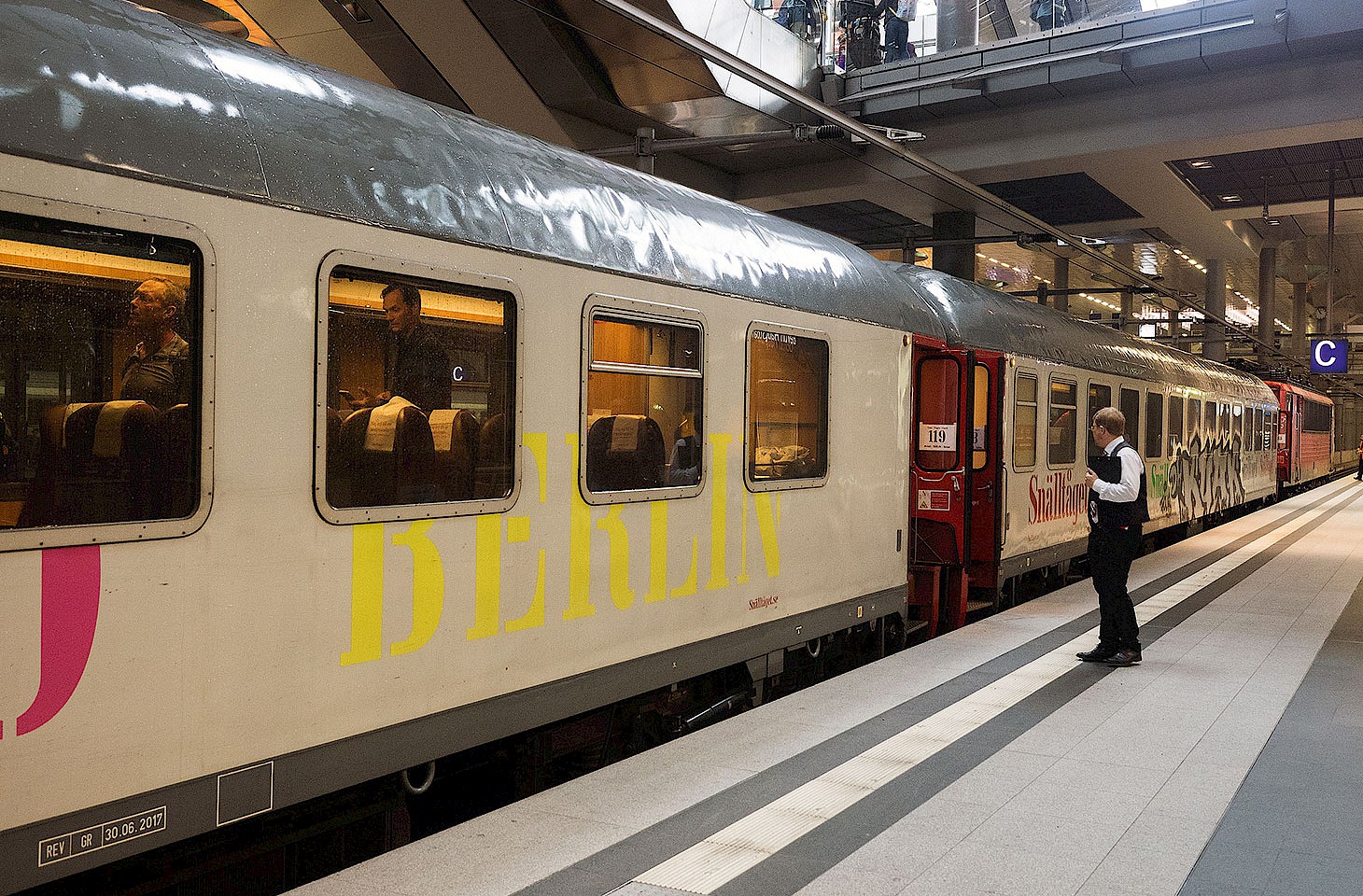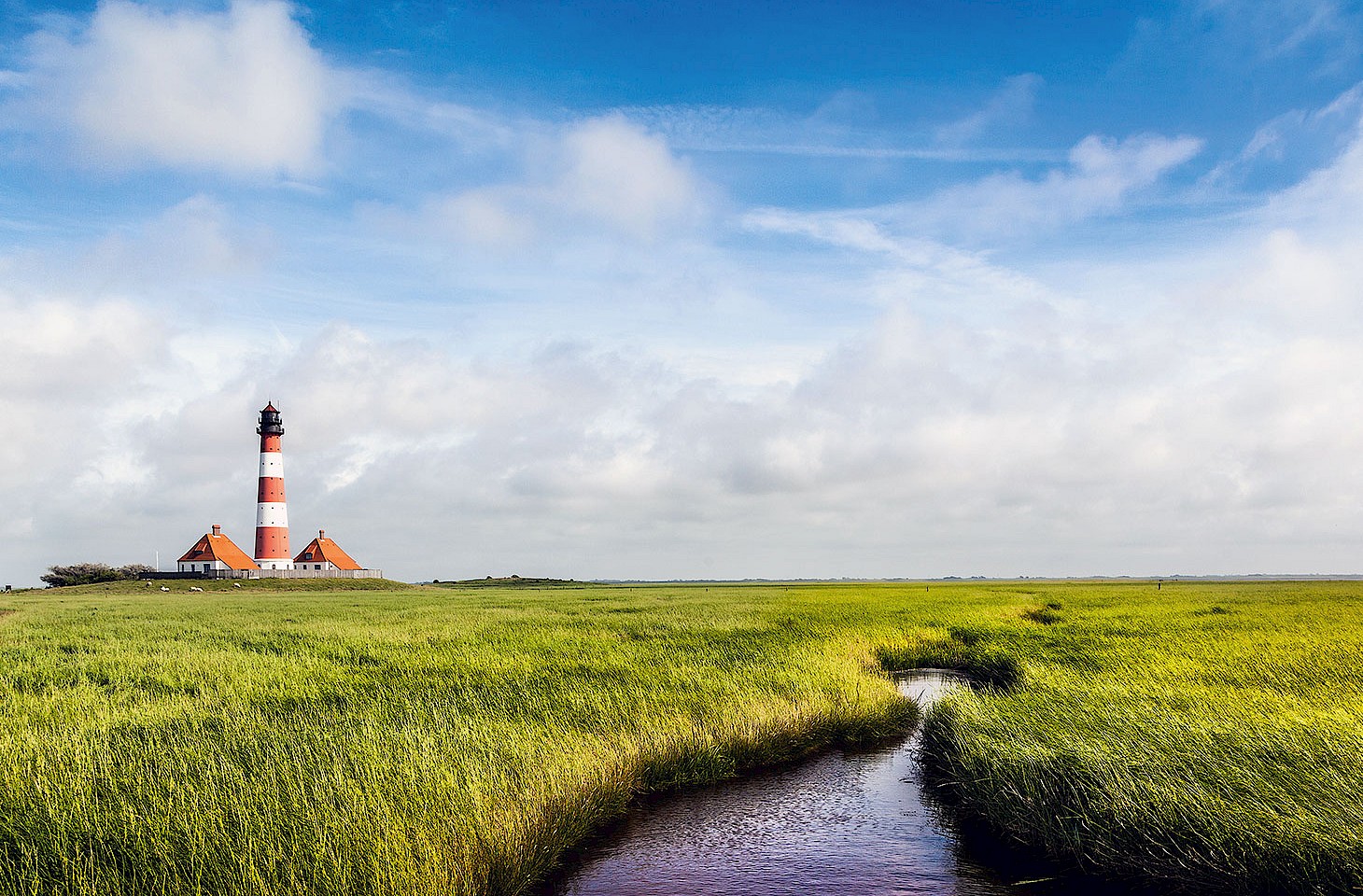Head out from Berlin to the countryside southeast of the city, and, whether it be by rail or road, within an hour you will surely be surprised.
Surprised perhaps by an idyllic landscape of marshy meadows and watery forests, by glimpses of deer running for cover and storks sitting with imperial majesty on their high nests. Or possibly startled by the sight of the huge former Zeppelin hangar that towers in gaunt silhouette above the gently rolling Brandenburg forests. Or surprised by the place names on signs by the side of the road and on the platforms of the railway station.
Yes, the place names. The unwary traveller might be seduced into believing that she or he had arrived prematurely in Poland. For place names in the country around the River Spree upstream from the German capital are rendered both in German and in another language - one with an evidently Slavonic demeanour. Cottbus finds a new incarnation as Chosebuz, Spremberg doubles as Grodk, and Hoyerswerda's alter ego is Wojerecy.
This area of eastern Germany, popularly known as the Lausitz (Lusatia), is home to one of Europe's most remarkable cultural and linguistic minorities: the Sorbs. These are not recent migrants from neighbouring Slavic-speaking countries. No, the Sorbs are an indigenous minority within Germany that curiously survives as a Slavonic outpost in the heart of eastern Germany.
The good news is that if you cast around you will find Sorbian language schools, church services, newspapers and radio programmes. But be not deceived - the Sorbs are an imperilled minority, one of those fragile European cultures that, if action is not taken soon, might find itself on the very brink of oblivion.
Having had a terrible time under the Nazis (when proclaiming a Slavonic identity was scarcely likely to carry favour with the authorities), the Sorbs fared rather well in the days of the German Democratic Republic. Nowadays, however, things are less certain.




